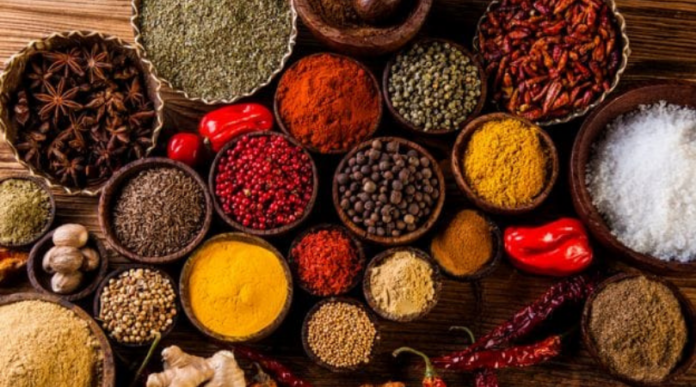By the Editor
Among the areas of focus in the multi-crore budget for the year 2022-2023 presented by Chief Minister Conrad K Sangma on March 10 is ‘Spice Mission’ with an aim to boost spice cultivation in the state. Spices are popularly used for preparation of tasty and delicious dishes. Spices are mainly grown in the tropical regions of South and South-East Asia.
Fragrant plants include berries like pepper, roots like ginger, bark like cinnamon, unopened flower buds and other aromatic varieties. There are also certain seeds like caraway, anise, cumin, fennel and coriander which are used to flavour food and these are rich in essential oils. Since ancient times, the Chinese knew the value of spices and controlled spice trade for centuries. Next came the Arabs who introduced spices into Europe and monopolised the market between East and West. It was Marco Polo, an adventurous Venetian merchant who travelled to China and was warmly welcomed by the Emperor, who on returning home during the 13th century popularised spice trade. Till then, it was a trade secret of the Arabs.
Christopher Columbus, Bartholomeu Dias, Vasco Da Gama and other adventurers from the West travelled to the East not to conquer new territories but to seek the rich treasures of spices. The colonial power from Holland ruled over the island nation Dutch East Indies, lately named as Indonesia, and famous for spice production for hundreds of years. One of the groups of islands is Moluccas also known as Spice Islands, consisting of hundreds of islands. Spices and aromatic herbs were also cultivated by the ancient Greeks and Romans in areas surrounding the Mediterranean Sea for domestic purposes.
The history of spices and their importance can be traced to thousands of years. At the initial stage, they were used as perfumes which they applied to their face and body because of the sweet fragrance that they emitted. Next, they were adopted for religious rituals and ceremonies because of the aromatic smell that permeated to surrounding areas.
Later on, innovative minds found that some of these spices contained certain medicinal properties and so accordingly prepared healing concoctions which were highly valued for their curative power. Gradually, production of species and spice trade became such a lucrative business that European powers competed against each other for control.
Great Britain, being the strongest nation because it had the most powerful navy, dominated spice-trade during the 18th century which was soon challenged by the Americans. Nations started growing spices in their respective countries for domestic consumption and for export aswell.
Soon the West Indies, especially Jamaica and other nearby islands, emerged as important spice producers. The United States too began to emulate their example and Salem city in Massachusetts became a thriving centre for spice trade in the world. For the Spice Mission, Rs 10 crore is allotted for the year 2022-23.
It is quite a good news to hear about the success of spice producers in the state, a few of whom have earned laurels. The chief minister has encouraged farmers to increase production by setting aside more land for spice cultivation so that more qualified youths can become self-employed and job-givers in years to come.


